-
Posts
947 -
Joined
-
Last visited
-
Days Won
39
Content Type
Profiles
Forums
Downloads
Gallery
Posts posted by jcarmody
-
-
[...] So why would it be ok to copy software for free and deny the creator a decent income but not to steal money from the rich as they have more than enough of it? Does someone really need Billions of dollars? [...]
An example of an appeal to emotion.
You realize that the emotional aspect of this thread has really just started when you brought in murder!That's how far enforcement of copyright naturally extends. If I don't stop selling my paper when I'm told and, if I resist what I feel to be an unjust arrest, does the enforcement just stop? Do we only enforce copyright with people that will stop when they're told to? Or, do we use whatever force is necessary to gain compliance?
-
All I hear are red herrings and appeals to emotion.
If I own a piece of paper and a pen, and I write on that paper something that I read somewhere else, the natural conclusion to copyright arguments is that the original author and/or government is justified in using whatever force is necessary (including murder) to prevent me from selling it.
-
That is fundamentally not the way copyright works! [...]
You're absolutely correct, I know. I'm saying that copyright is absurd! To think that legislation can redefine words...
-
The author has potentially lost that single sale.
I understand your point of view; I just disagree with it.
 When we use words like "theft" and "property" and "stealing" we're not far away from using words like "crime" and "enforcement" and "arrest". If someone "steals" software, then it seems natural to "punish" them for it. Now, if the only damage you can point to is that the original author "has potentially lost that single sale" I say that there's no evidence that a crime was committed. Please, Mr. District Attorney, put me on that jury.
When we use words like "theft" and "property" and "stealing" we're not far away from using words like "crime" and "enforcement" and "arrest". If someone "steals" software, then it seems natural to "punish" them for it. Now, if the only damage you can point to is that the original author "has potentially lost that single sale" I say that there's no evidence that a crime was committed. Please, Mr. District Attorney, put me on that jury. 
I'm sorry for taking this thread so far off topic...
 At least we have a few good options for setting Retain Wire Values in our LV2012 projects.
At least we have a few good options for setting Retain Wire Values in our LV2012 projects. 
-
well, the owner perhaps loses some revenue...
How has he "lost" anything? He can still sell the software.
The only scenario I can find where someone isn't justified in copying software is if they have entered into a license agreement with the author (or employer, if they've agreed to write software for them). Copying what you find "in the wild" is never theft. License notifications in the software notwithstanding, as the copier hasn't, in fact, agreed to anything.
That said, I'll obey the law, even the ones I think are monopolistic and protectionist.

-
I'd be upset if someone stole my bike, regardless of whether or not they cleaned and tuned it up before returning it. On the other hand, I'd be pleased as punch if someone took and used some software I've written (even if they didn't return it). The presence of a BD password indicates that the author doesn't share our sentiment. Your bicycle example illustrates one of the problems I have with "intellectual property": you can lock (and someone else can steal) a bike but It's impossible to "steal" software because the original "owner" hasn't lost anything.
Keep up the good work.
-
[...]
Now, as far as Flarn2006 hacking it for us, most of us can get at the block diagram without much effort but it's "wrong".

I didn't notice Neal's post until now.
Neal, aren't you worried that someone will accuse you of stealing someone's bicycle?
-
Put these files in <LabVIEW>resourcedialogQuickDropplugins and Bob will be your Quick-Dropping uncle. Ctrl-space, Ctrl-e will activate the plugin.
It'll ask you for Right Click API.llb, so you'll have to have the RCF installed somewhere. (It'll be in <LabVIEW>vi.libaddons_JKI ToolkitsRCF API). These are type-defs for a control on the password-protected VI Vishal Devanath gave us.
Now, as far as Flarn2006 hacking it for us, most of us can get at the block diagram without much effort but it's "wrong".

-
 1
1
-
-
If he hadn't password-protected the block diagram, it would be pretty easy to convert it to a quick-drop plugin.
-
I wonder why this method exists; it looks like an inside joke.
-
Interviewer #1: Have you driven before?
Me: Yes. I have a license, and everything.
Interviewer #1: Let me show a car I'm currently driving. I'm sure you know how this one works?
Me: I'm confident I could figure it out. Let me look at it...
Interviewer #1: Never mind. Let me show you some of the cars we need driven.
Me:

-
Your second mistake was in wiring the buffer size to the max queue size of the obtain queue node. The top loop is filling the queue with five elements and waiting for the bottom loop to respond, which it never does because of the way an Event structure works (see below).
Your third mistake was in thinking that the event structure would respond to a change in the Buffer Full indicator. You could use a Value (Signaling) Property node to accomplish this:
Your first mistake was your archetecture; take a look at the Producer-Consumer design pattern. Your VI will run if you change the two things I've mentioned, but it'll take forever to finish. If only I had finished my Algorithms course...
You could do this, and your graph will fill instantly.
-
-
-
[...]
Well, then, why don’t you just “make it public domain,” some then, a bit unreflectively, retort. The problem is, there is no clear and good way to do this.If you use a Creative Commons license, you are actually employing the copyright the state grants you–you are putting conditions or limitations on what others may do with your works. Even if you use the least restrictive type, “Attribution,” you are requiring others to do something to avoid being liable for copyright infringement.
Now, some have tried to find ways to let you abandon your copyright, or “dedicate” it to “the public.” Creative Commons has a proposed “Public Domain Dedication“, but: (a) it doesn’t seem easy, at least for the typical user; and (b) there appear to be doubts as to whether it would work–and until it’s clear that it does, it’s worse than a CC license, since publishers would be afraid to rely on it. [...]
-
 2
2
-
-
Have you considered NI's Third-Party Licensing and Activation Toolkit?
-
Here's a single VI (so you don't need the extra folder in <LabVIEW>\projects) that's been cleaned a bit.
Right click. Save As

Boo.

-
-
It's not finding [Covers <id>] tags in dynamically dispatched VIs saved in an llb.
It's not finding [Covers <id>] tags in any SubVIs. I can't remember if this ever worked (it seems to me that it did) or if TRef Traverse for References.vi has changed in LV2012.
Anyway, this attachment finds the missed tags (in a most inelegant manner).
Dror, this addresses some of the issues you raise in item 2 of your post. Also, there aren't any mistakes in I fixed the capitalization in my other post.
-
Nope. I don't mind.I realize it's not quite within the scope of what you're doing... Would you object to me poking around and possibly forking your code?
So do I.You want one of these then

-
It's not finding [Covers <id>] tags in dynamically dispatched VIs saved in an llb.
-
Here's something you can try. I just got it working this afternoon and haven't tested it enough since drastically changing the approach.
- unzip the attachment into <LabVIEW>\project
- restart LabVIEW
- put a "requirements.txt" file in the folder with your LabVIEW project
- the first line must be the name of the top-level VI (as a relative path from the project's folder)
- the second line must be blank
- the third and subsequent must be the requirement ID followed by a tab then the requirement description
- put free labels in your VIs in the form of [Covers <id>]
- the first line must be the name of the top-level VI (as a relative path from the project's folder)
- run Requirements Hatchway from the Tools menu
- profit
Tell me how it goes.
By the way - this is only in LabVIEW 2012 because I can't manage to save it to a previous version. All I get is a folder with its dependencies, but no main VI. I'll try from home in case this is an issue with my installation.
- unzip the attachment into <LabVIEW>\project
-
I've made CaseSelect into a Quick Drop plugin - https://decibel.ni.com/content/docs/DOC-24058
-
 1
1
-
-
We have your blog in our feed-readers anyway.




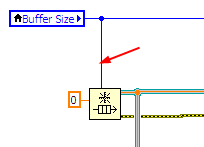
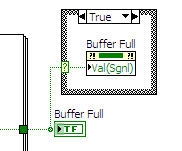
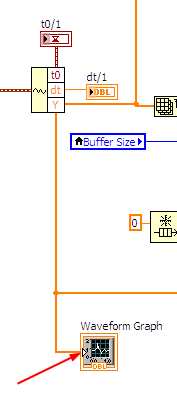
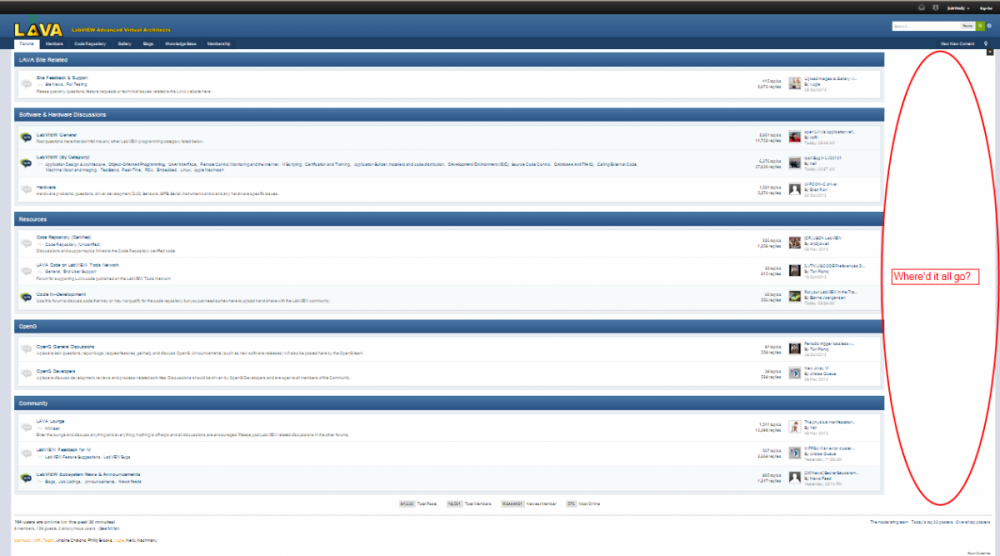
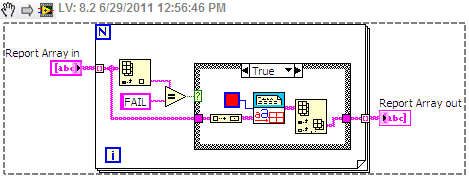
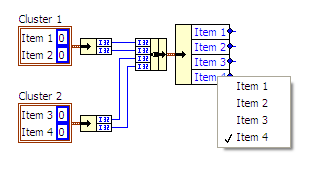
How to Retail Wire Values for ENTIRE VI Hierarchy
in LabVIEW General
Posted
I'm not crazy; my mother had me tested!